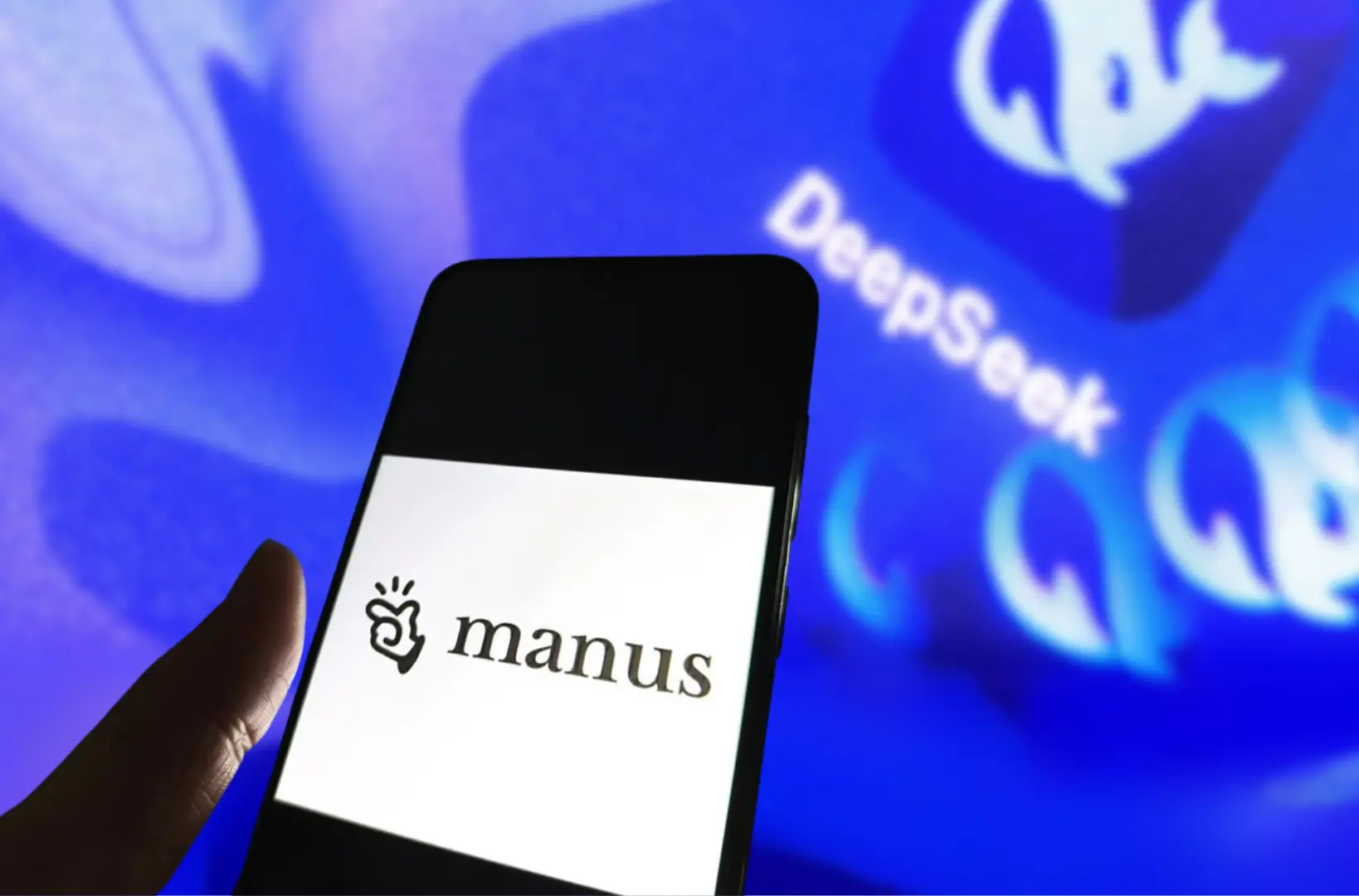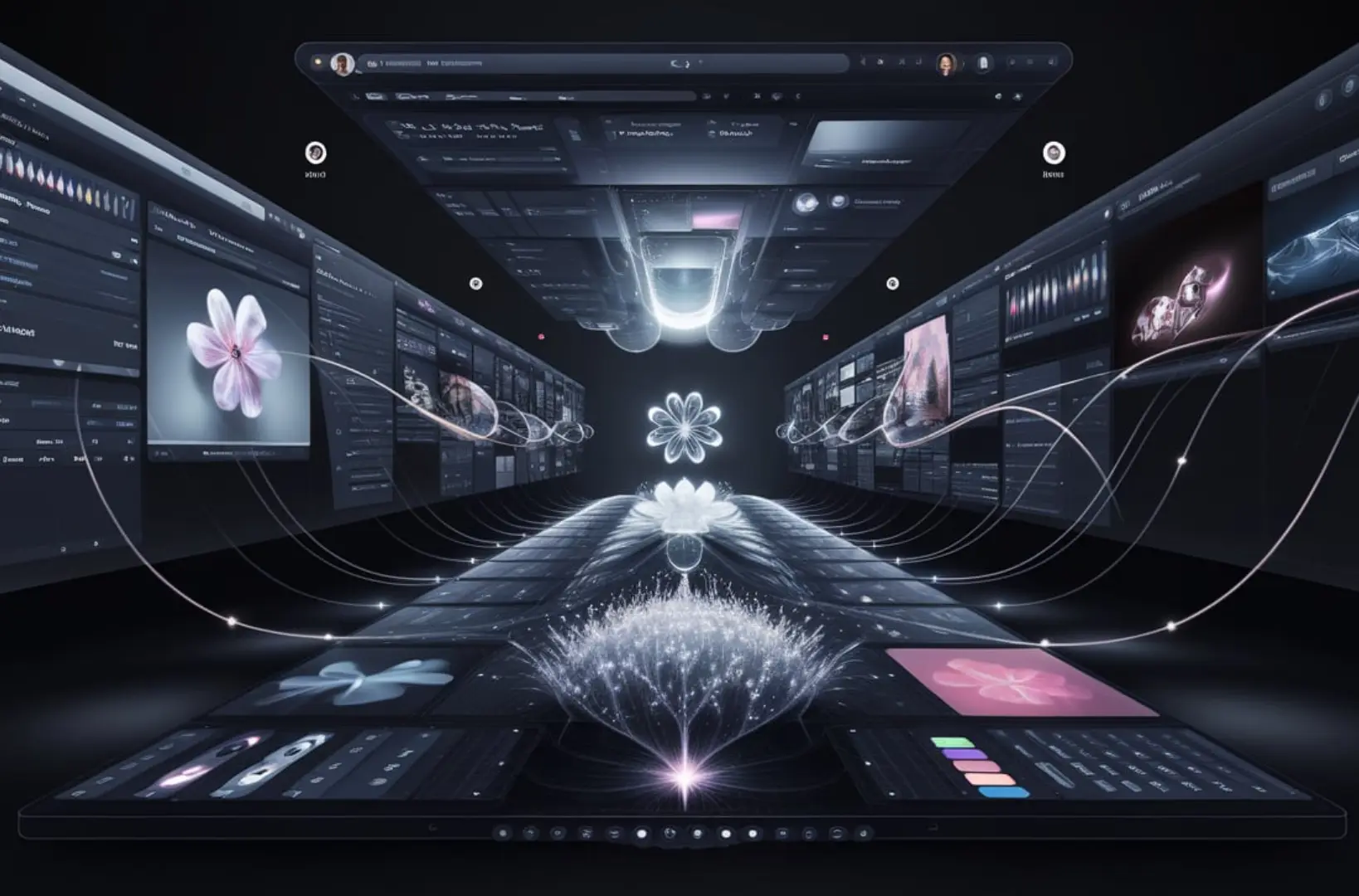The AI race is moving at lightning speed, and China is determined to lead the charge. From Baidu’s Ernie Bot to Alibaba’s Qwen, Chinese AI models have been rapidly evolving to challenge Western giants like OpenAI’s GPT-4 and Google’s Gemini.
One of the most defining moments in this race was the emergence of DeepSeek. It wasn’t just another AI model—it was a turning point that proved China could compete at the highest level. Now, there’s growing buzz about Manus, with some speculating that it could be China’s next DeepSeek moment.
But does Manus truly mark a new era for Chinese AI, or is it just another incremental upgrade? Hype alone doesn’t create a revolution—real breakthroughs do. And right now, Manus lacks the defining elements that made DeepSeek a game-changer. Let’s dive deep into why Manus probably won’t be China’s second DeepSeek moment.
What Was China’s ‘DeepSeek Moment’?
To understand why Manus isn’t a second DeepSeek, we first need to define what made DeepSeek so special.
DeepSeek wasn’t just another AI model. It marked a turning point for Chinese AI, proving that local developers could compete head-to-head with the West in large-scale AI development. This was crucial because, for a long time, China’s AI efforts were seen as lagging behind the likes of OpenAI’s GPT series or Google’s Gemini.
The release of DeepSeek-Coder was particularly significant, bringing an AI capable of advanced coding and problem-solving—akin to OpenAI’s Codex or Meta’s Code Llama. Suddenly, Chinese developers had access to a homegrown alternative to Western AI models, reducing reliance on U.S.-developed AI systems.
The impact of DeepSeek went beyond tech:
- It proved China could build cutting-edge foundational models. Before DeepSeek, many assumed China’s AI would always play catch-up. This model challenged that notion.
- It boosted China’s AI self-sufficiency. With increasing U.S. sanctions on chip exports, China needed to show it could build powerful AI without relying on American technology.
- It created momentum for future AI advancements. After DeepSeek, more Chinese companies jumped into the race, including Baidu (Ernie Bot), Alibaba (Qwen), and Tencent (Hunyuan).
This was China’s true “AI awakening”—a moment that reshaped the country’s AI ambitions.
What Is Manus, and Why the Hype?
Now comes Manus. Details are still emerging, but here’s what we know so far:
- It’s another AI model developed in China, possibly targeting multimodal AI (meaning it can process text, images, and maybe even audio/video).
- Some early discussions suggest it’s being positioned as a powerful generative AI, potentially on par with OpenAI’s GPT-4 or Google’s Gemini.
- Chinese tech insiders have hyped it up, leading some to speculate whether Manus could be another DeepSeek-level breakthrough.
The big question is: Does it actually bring something groundbreaking to the table?
Why Manus Isn’t China’s Second ‘DeepSeek Moment’
While Manus might be a strong model, it doesn’t seem poised to reshape the AI landscape the way DeepSeek did. Here’s why:
1. It’s Not a Paradigm Shift
For Manus to create another DeepSeek moment, it would need to introduce a fundamentally new approach to AI—something that shifts the way AI is built, used, or understood.
DeepSeek did this by proving that Chinese AI models could compete with top Western models. It was a psychological and strategic breakthrough, not just a technological one.
From what we know about Manus, it appears to be an incremental improvement, not a revolution. It might be better than existing models, but if it’s just another large-scale AI, it won’t create the same level of impact.
2. Lack of Clear Differentiation
For an AI model to shake up the industry, it needs to stand out in a major way. OpenAI’s ChatGPT did this by bringing AI chatbots to the mainstream. DeepSeek did this by proving China’s AI capabilities.
What is Manus doing that’s truly different?
- If it’s just another large language model, it won’t stand out.
- If it’s a multimodal AI, it still faces stiff competition from Gemini, GPT-4 Turbo, and Claude 3.
- If it’s an open-source model, it might gain traction among developers, but that alone won’t make it a game-changer.
Right now, we don’t see any evidence that Manus is a category-defining AI model. It seems more like a strong competitor, not a revolutionary force.
3. Hype vs. Reality: Can Manus Deliver?
The AI industry is no stranger to hype cycles. Every new model is marketed as a “game-changer,” but only a few truly live up to that label.
For DeepSeek, the hype was validated by strong performance in coding benchmarks and real-world adoption.
For Manus, the hype is still just speculation. Until we see real-world benchmarks, independent testing, and widespread adoption, we can’t assume it will match the impact of DeepSeek.
4. The AI Landscape Has Changed
When DeepSeek was released, China’s AI industry had fewer serious competitors. Now, the market is filled with strong AI models:
- Baidu’s Ernie Bot is already a key player in China’s AI strategy.
- Alibaba’s Qwen is emerging as a major competitor.
- Tencent’s Hunyuan is targeting business and enterprise AI.
The AI space is more crowded than ever. Even if Manus is impressive, it may just be one of many rather than a defining moment.
5. Regulatory and Geopolitical Challenges
AI development isn’t just about tech—it’s also about geopolitics.
- The U.S. has tightened export restrictions on advanced chips, making it harder for China to train next-gen AI models.
- China’s strict AI regulations mean that new models must comply with government policies, which can limit their capabilities.
- Global AI collaborations and partnerships are more difficult due to rising tech tensions.
These factors make it harder for any single Chinese AI model—Manus included—to make a breakthrough on the global stage.
What Would Make Manus a ‘DeepSeek Moment’?
If Manus wants to define a new era, it needs to:
- Outperform GPT-4 and Gemini in benchmarks, proving Chinese AI can surpass Western models.
- Introduce a radical new AI capability (e.g., real-time reasoning, multimodal interaction beyond current models).
- Change the AI market by giving China a massive advantage in AI deployment, efficiency, or accessibility.
Right now, we don’t see any of these happening.
Final Thoughts: Strong, But Not Revolutionary
China’s AI ambitions are undeniable, and Manus could still prove to be a powerful addition to the country’s AI arsenal. But calling it a “DeepSeek moment” would be premature.
When DeepSeek launched, it was more than just another model—it was a paradigm shift, proving that China could build top-tier AI without depending on the West. It filled a crucial gap, sparked momentum, and reshaped China’s AI landscape.
For Manus to have the same impact, it would need to do something truly groundbreaking—whether by surpassing GPT-4, introducing a radical new AI capability, or shifting China’s AI dominance on the global stage. Right now, there’s no clear evidence it’s doing that.
So, is Manus an exciting development? Yes.
But is it China’s next big AI moment? Probably not.
What do you think? Could Manus still surprise us, or is it just another step in China’s AI evolution? Drop your thoughts below!
Suggested Reads:
Zeekr 007: Sub-10-Minute EV Charging with Golden Battery
Startup Tech Stack 2025: Your Ultimate Guide
Frontend Developer Roadmap 2025: Your Complete Guide

Burhan Ahmad is a Senior Content Editor at Technado, with a strong focus on tech, software development, cybersecurity, and digital marketing. He has previously contributed to leading digital platforms, delivering insightful content in these areas.








